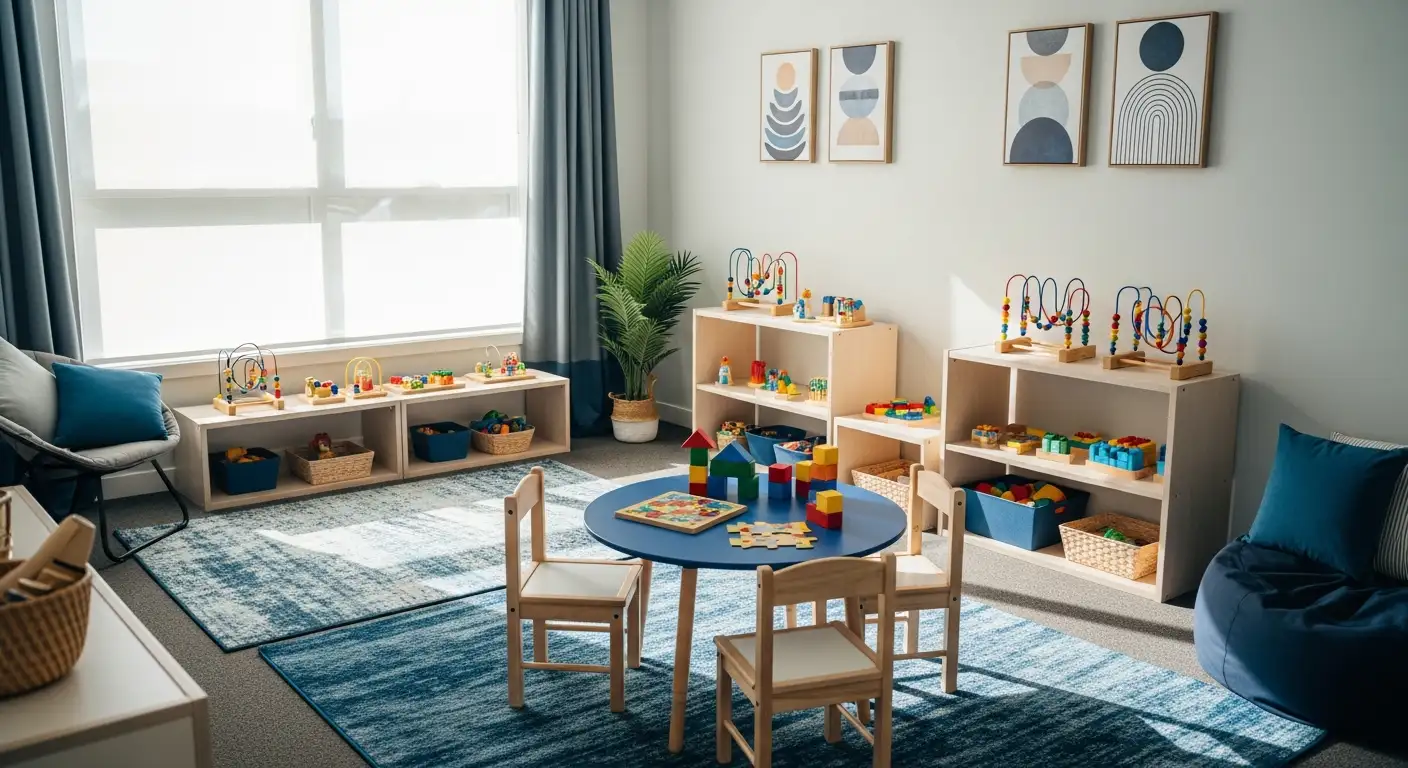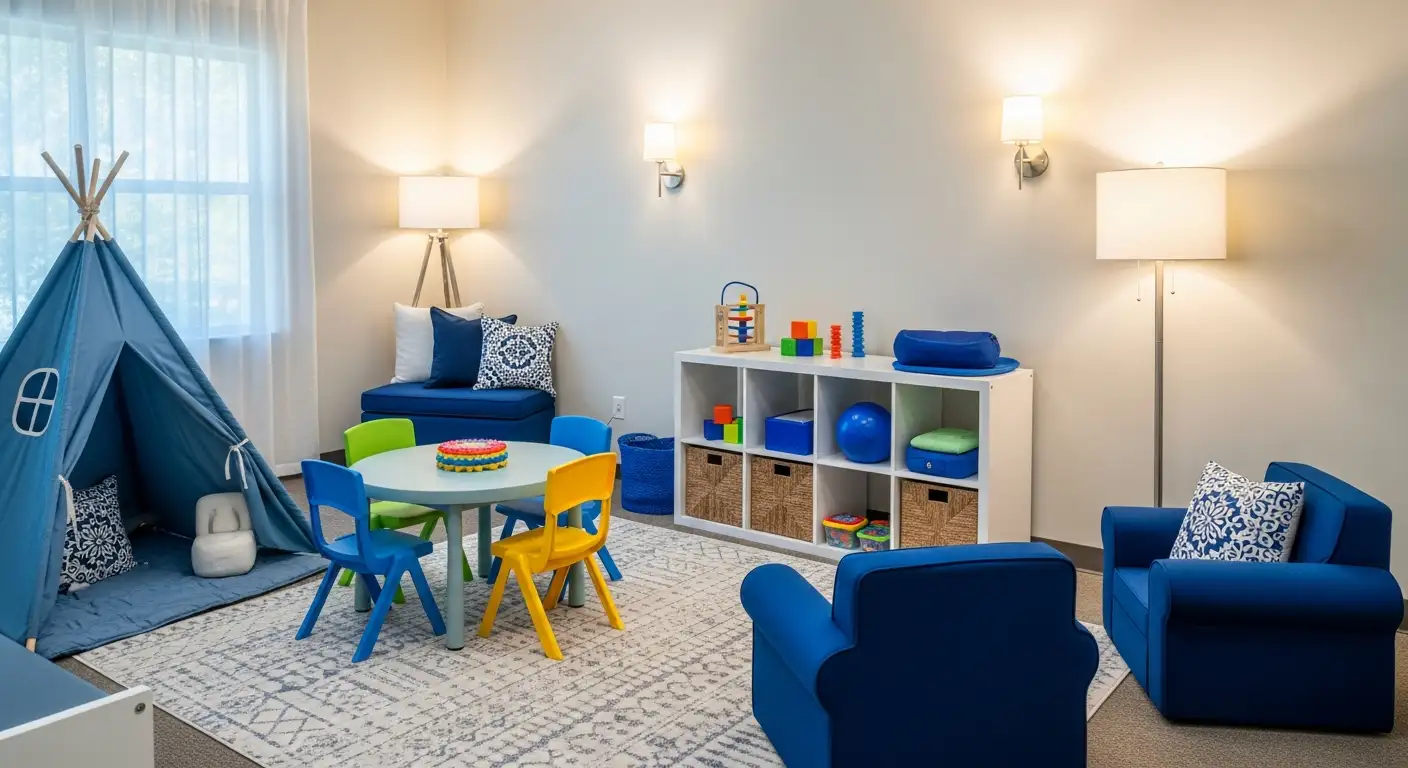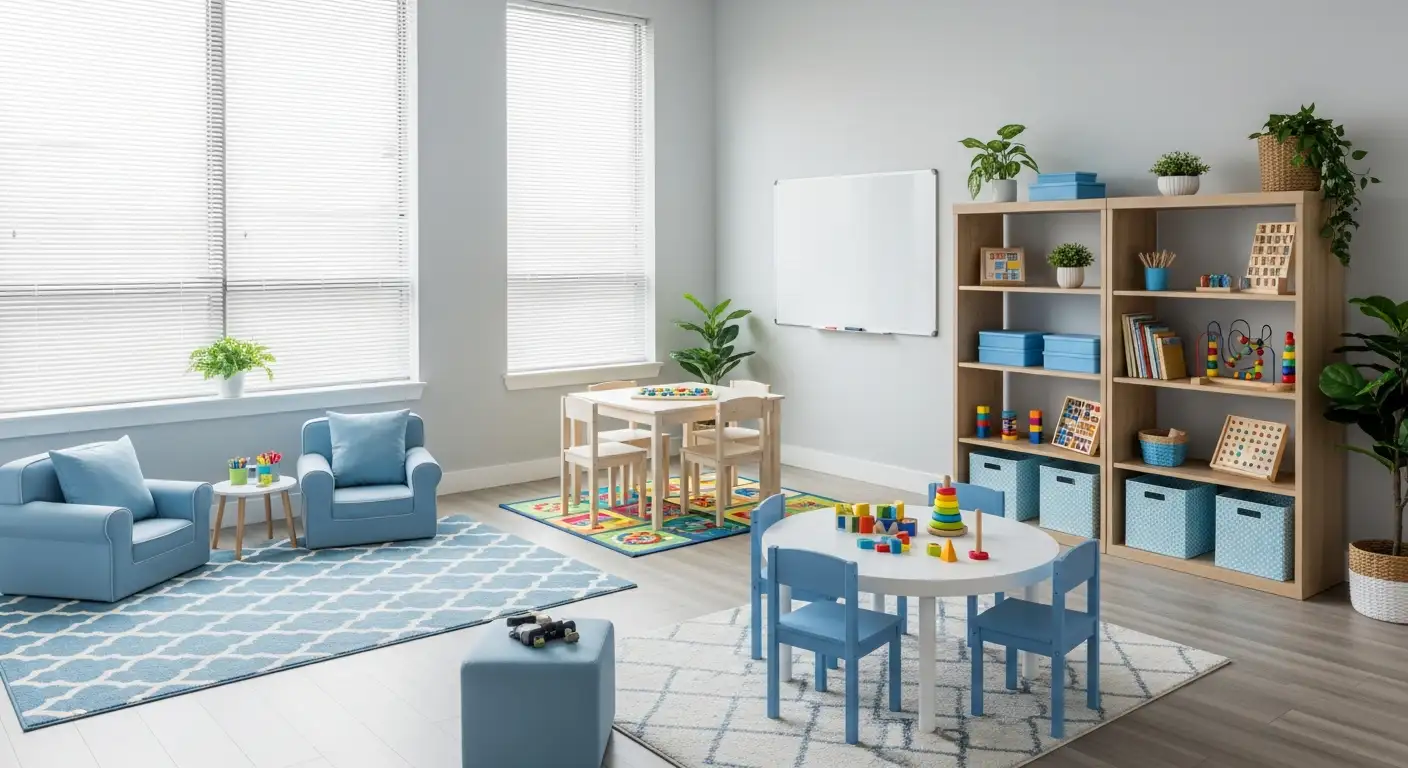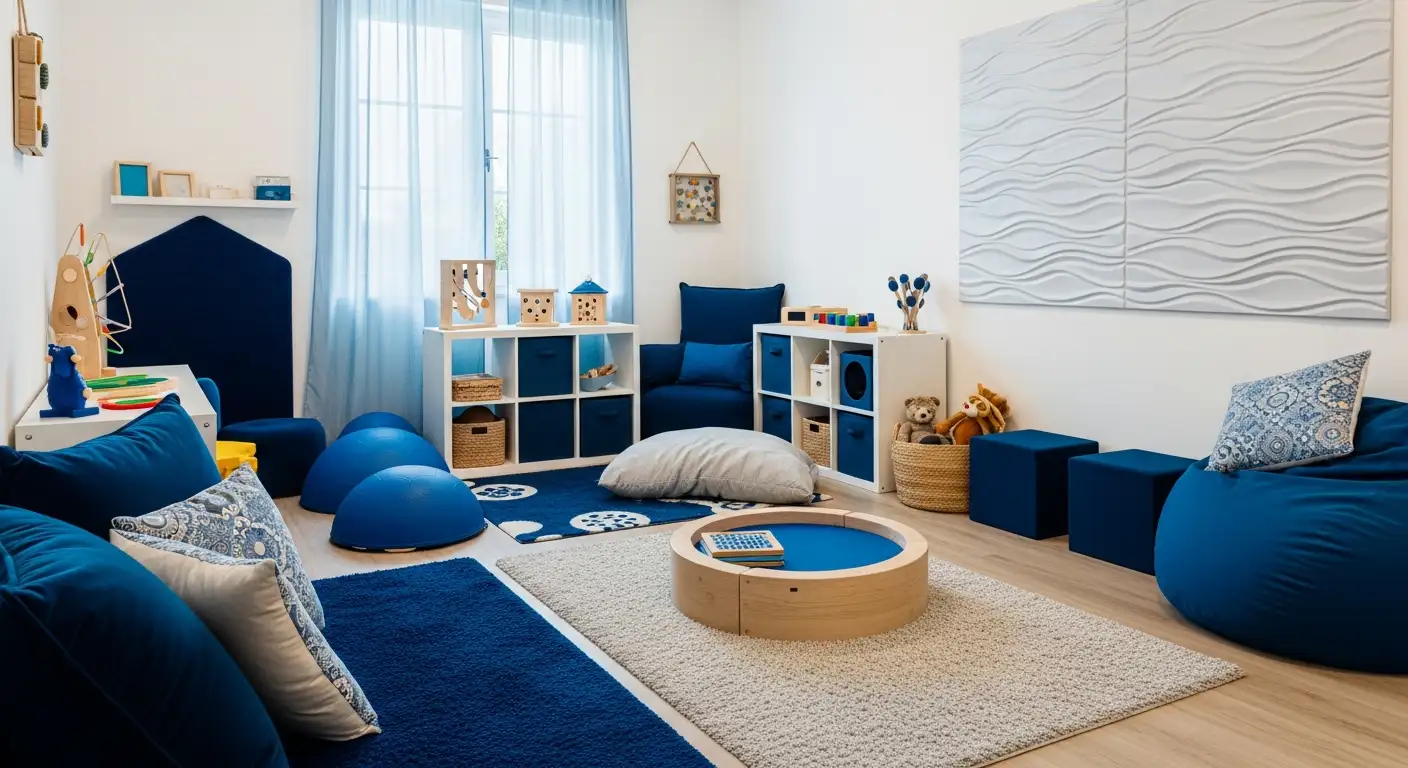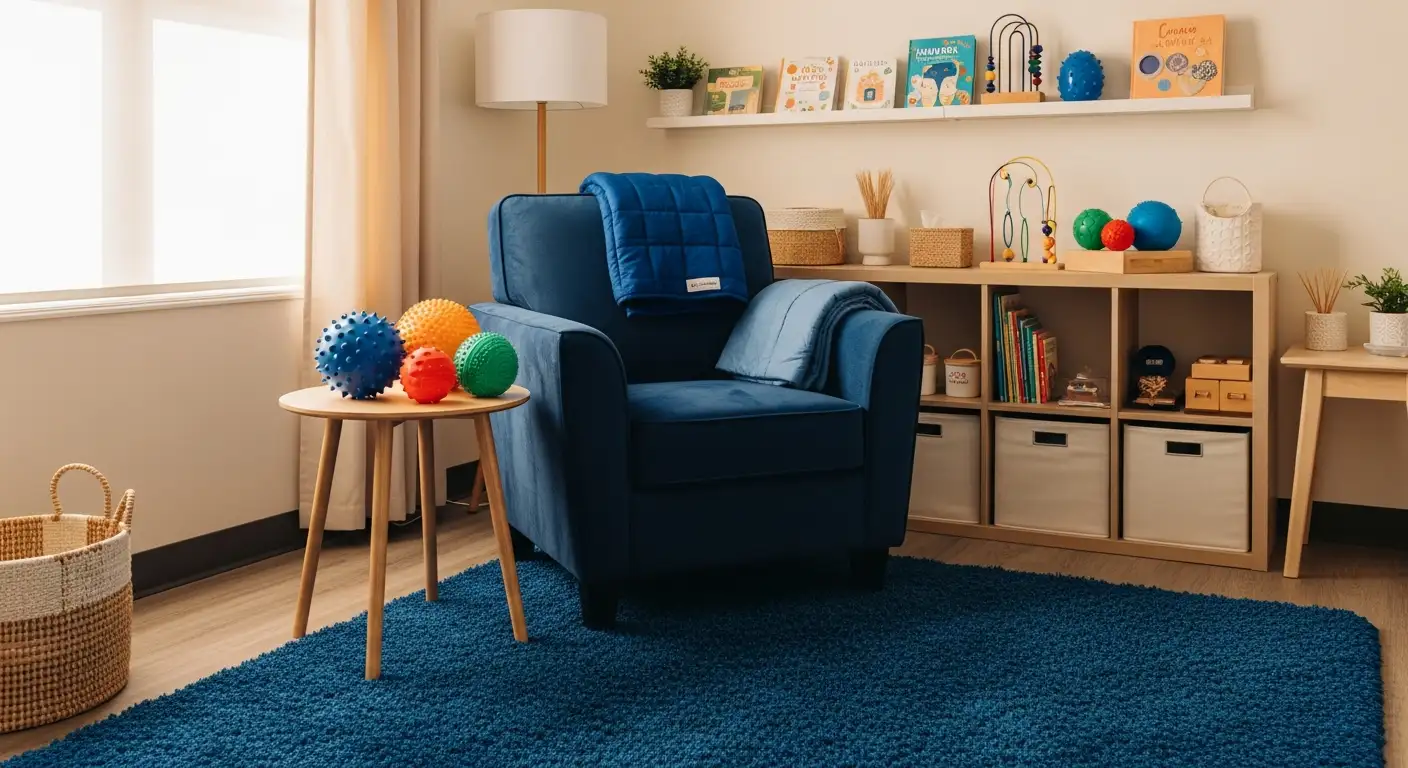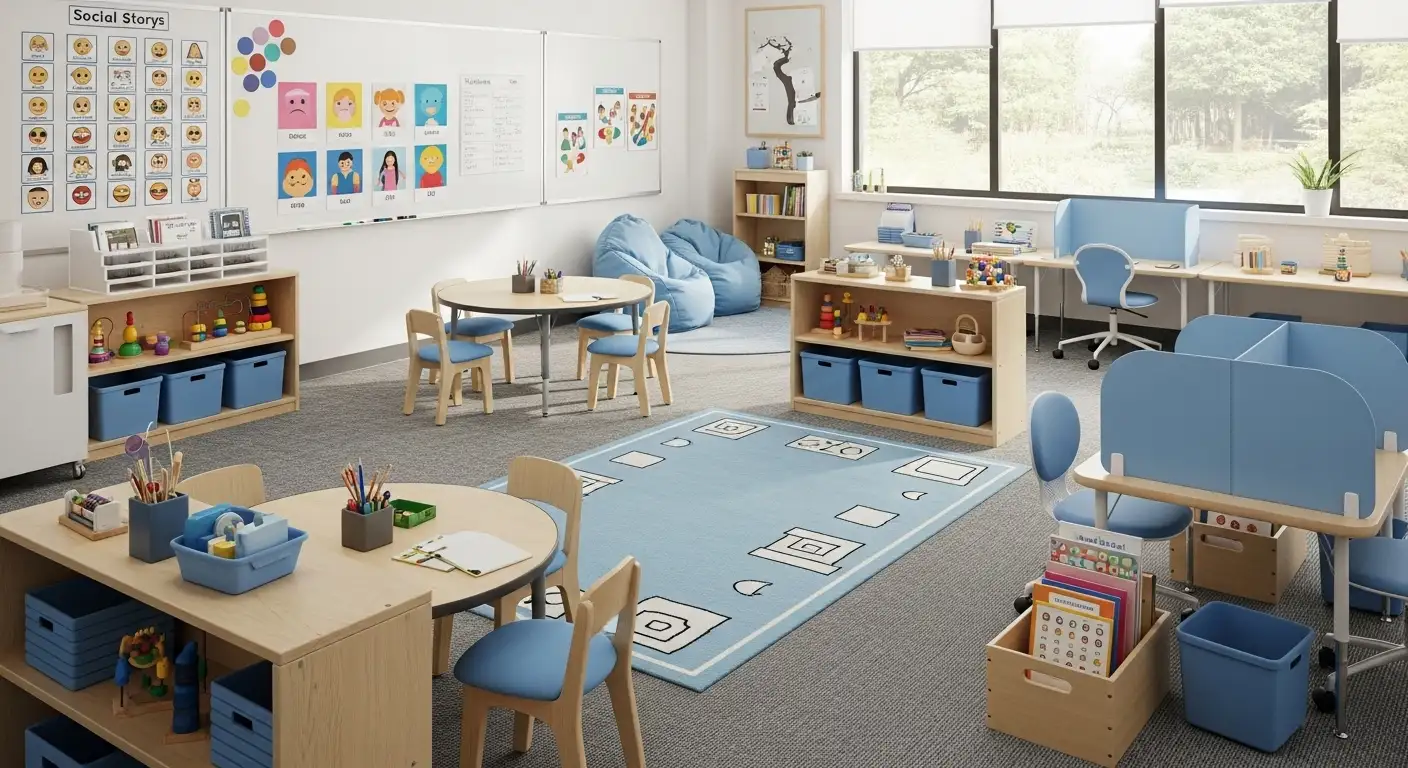Autism Blogs To Read
Explore the Rich World of Autism Perspectives and Resources

A Guide to Autism Blogs That Inspire, Support, and Educate
Autism blogs serve as vital platforms for sharing personal stories, educational content, and advocacy efforts. They foster understanding and acceptance, providing diverse voices from around the world. This article explores notable autism blogs, the importance of personal narratives, and how these online spaces contribute to awareness and inclusion, offering readers a curated pathway into the vibrant autism community.
Curated Resources: Top Autism Blogs for Education and Support

What are some curated autism blogs and resources that offer educational and support content?
There are numerous respected autism blogs and websites that serve as valuable resources for education, community support, and advocacy. These platforms feature firsthand experiences, research findings, and practical guidance tailored to autistic individuals and their families.
One prominent example is the Thinking Person’s Guide to Autism which delivers evidence-based information emphasizing neurodiversity. It includes perspectives from autistic adults, parents, and professionals, along with the latest news and community discussions.
The Stages Learning Blog focuses on educational strategies, lesson planning, and research updates aimed at teachers and caregivers supporting autistic children. It provides helpful tools to foster learning and development.
Embrace Autism promotes positive narratives through personal stories and experience-based insights. It aims to challenge stereotypes and facilitate a better understanding of autism.
Autistic Mama offers a window into everyday life through personal blogs, fostering empathy and advocacy. By sharing authentic experiences, it helps demystify autism for wider audiences.
Beyond individual blogs, organizations such as Autism Speaks provide comprehensive educational tools, interactive activities, and community resources. These support the learning process and empower autistic individuals and their families.
The platform also maintains curated lists like the Top Autism Blogs for 2025, which ranks influential blogs based on responsiveness, social media following, and freshness of content. These curated selections serve as reliable starting points for those seeking trustworthy and current autism information.
| Blog/Resource Name | Focus Area | Notable Features | Link (if available) |
|---|---|---|---|
| Thinking Person’s Guide to Autism | Evidence-based, neurodiversity-focused | Expert articles, personal stories, news updates | Link |
| Stages Learning Blog | Education strategies, research updates | Practical lesson plans, teaching resources | Link |
| Embrace Autism | Positivity, personal insights | Experience-based stories, stereotype challenges | Link |
| Autistic Mama | Personal experiences and advocacy | Authentic narratives, community support | Link |
These blogs and resources exemplify the power of authentic voices and community-based knowledge in advancing understanding and support for autism. Their accessibility and diversity make them essential tools for anyone interested in autism education and outreach.
The Power of Personal Narratives in Autism Awareness
How do personal stories and experiences from autistic individuals contribute to awareness and understanding?
Personal stories from autistic individuals play a vital role in shaping public perceptions and fostering understanding. These narratives showcase the diversity within the autism community, challenging stereotypes that often portray autism as a uniform condition.
Through sharing their experiences, autistic individuals highlight their challenges, such as navigating social cues, sensory sensitivities, and communication differences. At the same time, they reveal strengths like creativity, resilience, and unique ways of thinking. For example, Grace Liu, diagnosed with Asperger's at age nine, discusses her sensory sensitivities and her creative projects, like her Aspie Cat graphic novels, which help others see autism from an authentic perspective.
Personal stories also promote empathy by giving outsiders a window into daily life with autism. These accounts foster a deeper understanding beyond clinical descriptions, humanizing the condition. Public disclosures, such as Sam Farmer’s story about receiving his diagnosis in adulthood, serve as inspiring examples that encourage others to open up about their own experiences.
Furthermore, sharing personal journeys reduces stigma and challenges misconceptions. When society hears firsthand accounts of living with autism, it confronts and dispels wrong assumptions, creating a more inclusive environment.
How narratives challenge stereotypes and misconceptions
Personal stories are powerful tools for breaking down stereotypes about autism. They reveal the wide spectrum of abilities and traits, demonstrating that each person's experience is unique. Many narratives emphasize that autism isn't just a list of challenges but also includes talents, passions, and different ways of engaging with the world.
Platforms like websites dedicated to autism-related content promote authentic voices, including bloggers, artists, and advocates from around the globe. These contributions showcase genuine perspectives that often counter media stereotypes portraying autism as solely deficits.
Personal stories as tools for societal change
By sharing their authentic experiences, autistic individuals advocate for acceptance and understanding. These stories educate the wider community, fostering a societal shift toward embracing neurodiversity. Educational blogs like the
Insights from Autistic Bloggers: Authentic Voices and Experiences
What insights do autistic bloggers offer about living with autism?
Autistic bloggers share a rich array of experiences that reflect the diverse realities of living with autism. These personal narratives and reflections provide invaluable understanding of the daily challenges faced, such as sensory sensitivities, like heightened hearing or discomfort with sudden touch, and difficulty interpreting instructions and social cues like facial and body language. At the same time, they highlight the strengths and passions that come with neurodiversity, including creative pursuits, specialized knowledge, and unique perspectives.
Many bloggers emphasize the importance of self-acceptance and embracing one’s true self. They discuss how accepting autism as part of their identity fosters resilience and confidence. Intersectionality is also a common theme, acknowledging how autism intersects with other aspects of identity such as culture, gender, and race, which influence personal experiences and access to support.
Community support plays a vital role in their stories. Through sharing personal journeys and tips, these bloggers promote a sense of belonging and encourage others to connect and find solidarity. Their contributions dispel stereotypes and myths, promoting understanding, acceptance, and neurodiversity.
Overall, autistic bloggers serve as powerful voices that educate the wider public and empower individuals on the autism spectrum. Their authentic stories underscore that autism is a multifaceted experience, encompassing challenges, strengths, and a vibrant community.
| Blogger / Platform | Focus / Content | Notable Contributions |
|---|---|---|
| Grace Liu | Personal experiences, creative projects, autism stereotypes | Graphic novel series 'Aspie Cat' |
| Thinking Person's Guide to Autism | Research, advocacy, lived experiences | Reputable, well-curated blog |
| The Art of Autism | Artistic expression and community storytelling | Showcases autistic artists |
| Autism Parenting Magazine | Parenting insights and success stories | Supportive resources for families |
These platforms continue to expand the voices of over 800 autistic artists, poets, and bloggers worldwide, fostering a diverse and supportive online community. For those interested in authentic perspectives, exploring these blogs offers a window into the realities, challenges, and triumphs of living with autism.
The Role of Autism Blogs in Advocacy and Social Change

How can autism blogs be used to advocate for awareness and support?
Autism blogs are essential for raising awareness and fostering understanding about autism. By sharing personal experiences, these blogs illuminate what it’s like to live with autism, helping to dispel stereotypes and misconceptions. Bloggers often include educational resources, tips, and community stories that promote acceptance and highlight the importance of neurodiversity.
These platforms also serve as rallying points for advocacy. They can mobilize families, educators, and allies to participate in awareness campaigns, support initiatives, and even influence public policies. Many blogs provide practical tools like guides for activists and direct links to organizations such as AutismBC, equipping readers with the knowledge and resources needed to advocate effectively.
Furthermore, autism blogs amplify authentic voices from around the globe, creating a collective movement towards inclusion and respect. They underscore that support and understanding must be respectful and empowering, encouraging a society that values diverse ways of thinking and being. Overall, these online spaces play a vital role in education, community-building, and driving social change in the autism community.
Inspiration and Artistic Expression from the Autism Community

Creative Projects by Autistic Individuals
Many autistic creators channel their unique perspectives and experiences into compelling art forms. These projects serve not only as personal outlets but also as ways to foster understanding and acceptance of autism.
Examples Like Grace Liu’s Aspie Cat
A notable example is Grace Liu, who was diagnosed with Asperger syndrome at the age of nine. Born in Taiwan and raised in the UK after moving there at age four, Grace experiences sensory sensitivities, such as aversion to sudden noises and touch, alongside difficulties interpreting body language and instructions.
Grace’s creative work includes a graphic novel series called Aspie Cat. This series humorously and thoughtfully explores life with autism, highlighting her personal experiences and challenging stereotypes. Such projects help demystify autism and promote greater empathy.
The Role of Art, Poetry, and Self-Portraits in Expression
Beyond graphic novels, autistic individuals contribute through various art forms—poetry, self-portraits, and visual arts—that express authentic voices and personal stories. These creative outlets enable sharing of perspectives that might otherwise remain unheard.
Websites dedicated to autism feature a diverse range of contributions from artists, poets, and bloggers worldwide. This rich tapestry of artistic expression offers valuable insight into the autistic worldview, fostering community, understanding, and acceptance.
| Artistic Medium | Notable Examples | Purpose and Impact | Audience Engagement |
|---|---|---|---|
| Graphic Novels | Aspie Cat by Grace Liu | Portrays autistic experiences humorously and genuinely | Educates and inspires empathy |
| Poetry | Various autistic poets | Shares personal insights and emotional depth | Connects emotionally with readers |
| Self-Portraits | Autistic artists worldwide | Visual storytelling of identity and experience | Enhances visibility and representation |
This array of artistic efforts underscores the importance of creative expression in building understanding and support within and beyond the autism community.
Embracing the Spectrum: Why Every Voice Matters
The vibrant tapestry of autism blogs offers a rich resource for education, advocacy, and community building. These platforms amplify diverse voices, challenge stereotypes, and foster greater understanding of what it means to live with autism. Whether through personal stories, artistic expressions, or advocacy efforts, each contribution helps shape a more inclusive and supportive society. As readers explore these curated blogs, they participate in a movement that values neurodiversity, promotes acceptance, and empowers autistic individuals worldwide. The journey into the world of autism blogs is an invitation to listen, learn, and advocate — a collective effort to celebrate all facets of the spectrum.
References
- Autism blog - by Kieran Rose. Autistic blogger - The Autistic Advocate
- ActuallyAutistic bloggers | The Art of Autism
- Autism is a significant part of my life but not the only part, and I want ...
- 100 Best Autism Blogs To Read in 2025 (Autistic Bloggers)
- Stories from the spectrum - National Autistic Society
- The Power in Sharing Lived Experiences, Through an Autistic Lens
- Sharing My Journey with Autism: Inspiring and Engaging ... - Tistje
- The Autistic Guide to Small Talk - Autism Spectrum News
- Top Autism Blogs of 2022
- Autism blog - by Kieran Rose. Autistic blogger - The Autistic Advocate





























